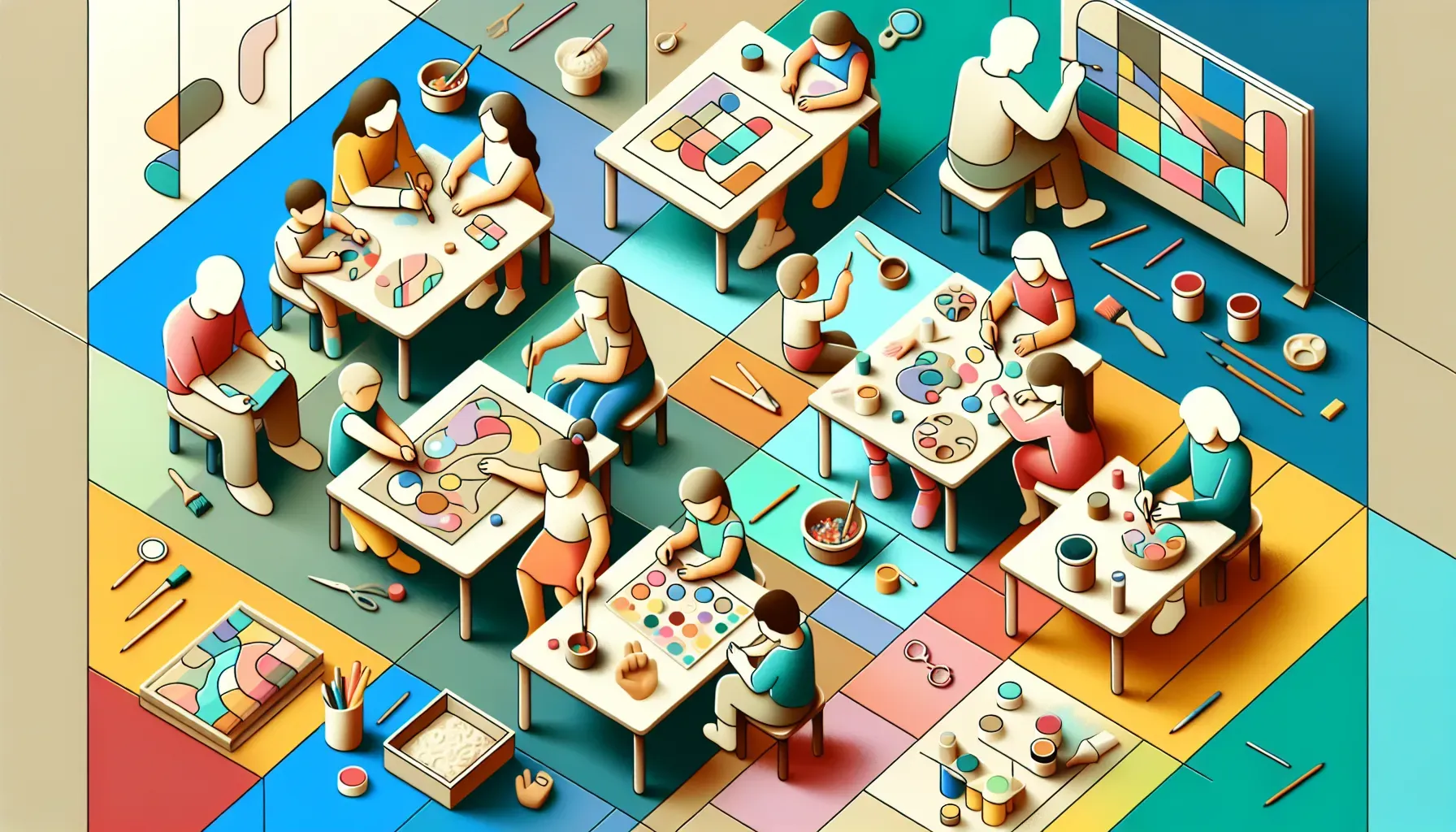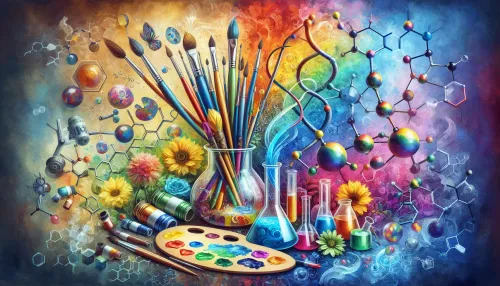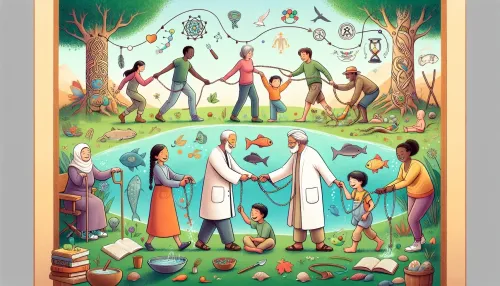Nurturing Creativity: Art Therapy for Autistic Children's Emotional Expression

Art therapy has emerged as a powerful tool for promoting emotional well-being in autistic children. By engaging in creative activities, such as painting, drawing, and sculpting, these children can express themselves non-verbally, making it easier to understand their emotions and thoughts. At HorizonsMind Blog, we recognize the significance of art therapy in enhancing the lives of autistic children.
Understanding the Benefits of Art Therapy for Autistic Children
Autism spectrum disorder (ASD) often creates challenges for children in understanding and expressing their emotions. However, through art therapy, they can communicate their feelings and thoughts in ways that traditional verbal communication may not allow. This form of therapy enables them to externalize their internal experiences and deepen their connection with themselves and others.
Creating a supportive environment is crucial for the success of art therapy sessions for autistic children. It involves establishing a space where they feel safe, comfortable, and free from sensory overload. At HorizonsMind Blog, we advocate for creating such environments that promote creativity and self-expression.
In these settings, trained art therapists play a key role in encouraging autistic children to express themselves through art. They provide a supportive presence, offering guidance and reassurance while allowing the children to explore various artistic techniques at their own pace.
Creating a Supportive Environment for Art Therapy
Sensory-friendly materials and techniques are essential elements of successful art therapy for autistic children. This involves using tools and materials that are comfortable for the children to handle and interact with. Understanding the importance of adapting art therapy tools to meet the sensory needs of these children.
By using sensory-friendly materials such as soft brushes, non-toxic paints, and textured papers, therapists can ensure that the sensory experiences during art activities are enjoyable and non-threatening for autistic children. Additionally, employing techniques like squishing playdough or working with kinetic sand can further enhance their sensory experience in a positive way.
Using Sensory-Friendly Materials in Art Therapy
Art serves as a powerful medium for encouraging nonverbal communication among autistic children. Through drawing, painting, and other creative forms, they can convey their feelings and thoughts without relying solely on verbal language. As we emphasize the significance of this nonverbal communication channel in supporting autistic children's emotional expression.
Art therapists facilitate this process by observing the children's artwork and interpreting their expressions. This not only aids in understanding the emotions being expressed but also helps in building trust and rapport between the child and the therapist.
Encouraging Nonverbal Communication Through Art
Art projects and creative activities provide autistic children with an avenue to explore their emotions and self-identity. These activities encourage them to delve into their inner world, helping them connect with their emotions and gain a better understanding of themselves. Believing in the transformative power of art in fostering self-discovery among autistic children.
Engaging in creative activities allows these children to express both positive and negative emotions, promoting emotional release and regulation. Furthermore, it helps them establish a sense of self-identity as they create artworks that reflect their unique perspectives and experiences.
The sense of achievement derived from creating artwork plays a vital role in fostering self-esteem and confidence in autistic children. When they see the tangible results of their creativity, it instills a sense of pride and accomplishment.
Exploring Emotions and Self-Identity Through Art Projects
Encouraging and celebrating their artistic accomplishments reinforces a positive self-image, contributing to improved self-confidence. Additionally, it provides them with a platform to share their achievements with others, further boosting their self-worth.
In conclusion, art therapy offers invaluable opportunities for autistic children to explore their emotions, enhance their self-expression, and cultivate feelings of accomplishment. At HorizonsMind Blog, we advocate for integrating art therapy into the holistic care approach for autistic children, recognizing its potential to improve emotional well-being while promoting creativity.
Frequently Asked Questions
Art therapy provides autistic children with a unique way to express their emotions non-verbally. Engaging in creative activities like painting and drawing helps them communicate feelings that might be difficult to articulate verbally, enhancing their emotional understanding and connection with themselves and others.
Sensory-friendly materials, such as soft brushes and non-toxic paints, are crucial in art therapy for autistic children. These materials ensure that the sensory experiences during art activities are enjoyable and comfortable, allowing children to focus on their creativity without feeling overwhelmed or threatened.
Nonverbal communication is vital in art therapy as it allows autistic children to express their thoughts and feelings without relying solely on words. Through various artistic mediums, they can convey complex emotions, which helps therapists understand their inner experiences and build trust with the child.
Art projects provide a safe space for autistic children to explore their emotions and self-identity. By engaging in creative activities, they can express both positive and negative feelings, promoting emotional release and helping them connect with their inner selves while gaining a better understanding of who they are.
The sense of achievement from creating artwork significantly boosts self-esteem in autistic children. When they see the tangible results of their creativity, it instills pride and accomplishment, reinforcing a positive self-image and encouraging them to share their artistic successes with others.
Yes, art therapy can greatly improve emotional well-being for autistic children. It offers them opportunities to express themselves creatively, explore their emotions, and develop a sense of accomplishment, all of which contribute to enhanced emotional health and overall quality of life.
Check Out These Related Articles

Harmonizing Paints and Potions: Exploring the Interplay of Art and Therapeutic Science for Autistic Children

Honoring Traditions: Integrating Time-Honored Wisdom into Modern Autism Care

Innovative Problem-Solving Approaches for Autistic Children: A Creative Dissection of Unique Challenges and Solutions
